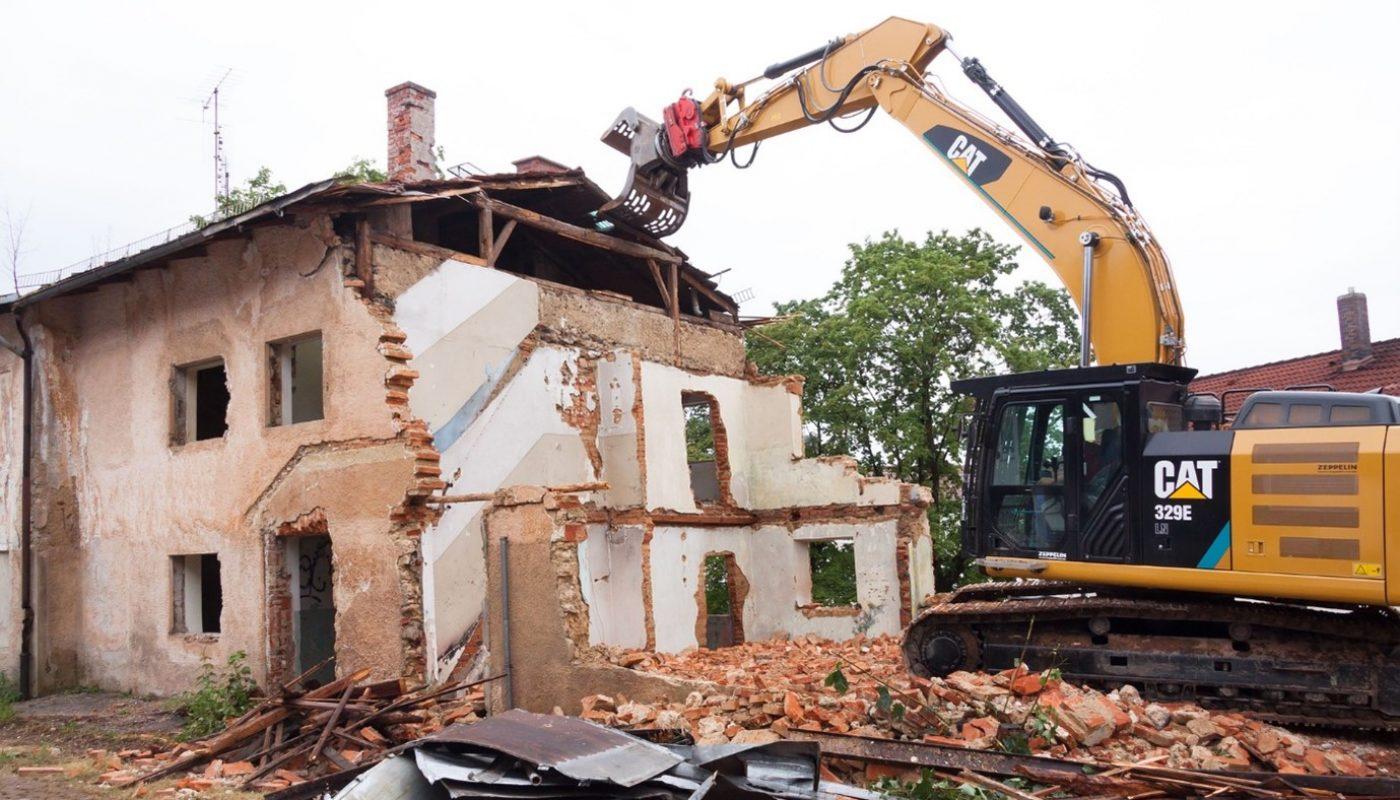
Demolition is serious business, and it’s not something weekend DIYers can do. Collapsing a structure requires precise and meticulous planning because a single mishap can lead to the risk of damage to both the surrounding people and property. From taking countless permits to checking for the dangers of asbestos, demolition is not for amateurs and requires a professional touch. Therefore, before initiating a demolition project, you must be aware of things that happen before and during the demolition to make sure the process goes smoothly. To make your demolition comfortable, inexpensive, and quick, take a look at the following necessary things you must know before commencing One.
- You Will Need A Demolition Contractor:
When it comes to something as risky as demolition, there are no ifs and buts, and you have to look for professional help. Demolition isn’t all about sledgehammers and cool wrecking balls going through the house. A few things to think about before going for it – taking various permits from local authorities, inspecting the property, choosing the suitable demolition method, and more. It is imperative that before planning anything, you hire an insured and licensed demolition contractor.
- Understand The Law And Get Permits:
It may seem from YouTube videos that demolishing a house is all about smashing everything. However, in reality, you have to get a permit for everything, even when cutting down trees during demolition in some states. For instance, if you happen to be in Louisiana, you’ll require a permit for cutting trees on public and private property. For the capital city and surrounding areas, Tree Service Baton Rouge would get the job done quickly and assist in making your demolition process smooth. You will need planning permission depending on the location and the size of the building before you begin demolition. You will need to talk it out with your local ordinances and follow through with a lot of paperwork. Still, with a contractor, you wouldn’t need to worry about anything.
- Determine The Demolition Method:
There are various methods of demolition which you’ll have to choose according to your budget and project type. The following are the most common forms of demolition:
- Deconstruction Method: In this method, the demolition occurs manually, and the house is demolished section by section. It is an excellent method for those who would like to salvage and reuse their sinks, doors, light fixtures, copper pipes, etc. However, with this method, the demolition will take a fair amount of time to complete and costs higher than the rest.
- Mechanical Demolition Method: If you want a cheaper and faster way to take down your house, this is your go-to demolition method. The home gets demolished with heavy machinery and hydraulic excavators. The processing time is comparatively shorter, and clean-up is also easy.
- Combination of both methods: This method is a mix of both deconstruction and mechanical demolition methods. It is also the most highly recommended one. This method offers you the best of both worlds as it not only offers a quick demolition, but you can also salvage building materials at the end of it. Once you have salvaged your materials through deconstruction demolition, the mechanical approach can be helpful to finish the rest.
- Turn Off All Existing Utilities And Services:
You must disconnect and turn off all utilities and other services before commencing demolition. It will be a big disaster for you and your neighbors if you start demolishing before thoroughly checking everything. Make sure your sewer, electricity, and gas lines are disconnected. The respective companies get notified before the demolition day. Again, it would be perilous if demolition starts and your gas or electricity lines are still intact.
- Check For Asbestos And Risk Assessment:
As discussed before, demolition is no child’s play, and it is especially not for enthusiastic DIYers. That is why every factor must be taken into account and rechecked before starting demolition work. For instance, asbestos may be decelerating your work at a significant rate. Since it is a carcinogen, dealing with it is serious business. Therefore, you must hire a professional who can inspect the entire property and develop a complete risk assessment report. A specialist will guide how to work without compromising the workers’ safety, including dealing with the removal of asbestos before any work gets done. Take a look at the following list of materials that may pose a risk:
- Loose roof tiles
- Lead paint
- Rotten wood
- Unstable structures
- Mould
- Air conditioning systems
- Insulation containing asbestos
- Un-set or unused cement
- Glass and plastic containing hazardous substances
- Notify The Neighbors:
Your neighbors probably won’t be too thrilled to know that you’ll be starting a demolition project soon. Demolition is not only a loud process, but it is also a long one, so it would take a while for your neighbors to get used to all the raucous. It may be a good plan to notify your neighbors about what they’ll have to bear for a few days before the demolition starts. It would help if you were extra considerate because they can report you to the local authorities and that’s the last thing you want. You can reassure them that you’ll finish the assignment as quickly as feasible and discuss the project’s timetable. Send a gesture of thanks to your neighbors as a finishing touch to urge them to collaborate.
Conclusion:
Demolition is heavy-duty work that requires precise planning. You need to understand that you’ll need to hire a private contractor to get the project started because these jobs aren’t for amateurs. After that, you have to be careful about all the permits from the local authorities, choosing the right demolition method, planning every step carefully, and notifying your neighbors. Moreover, be extra cautious about the safety of the workers and the surrounding people.





